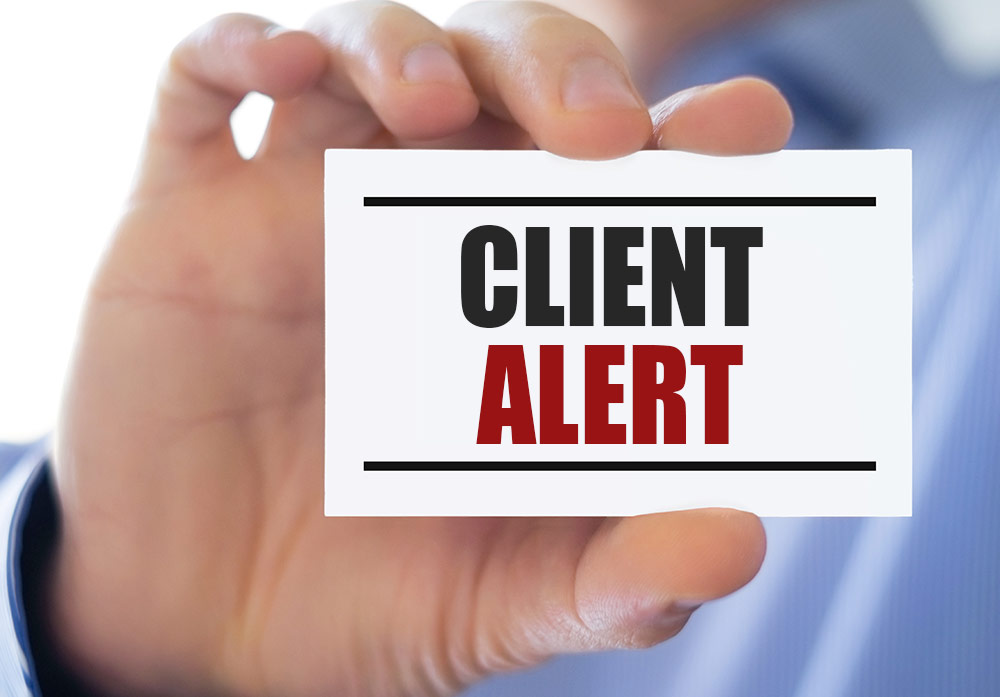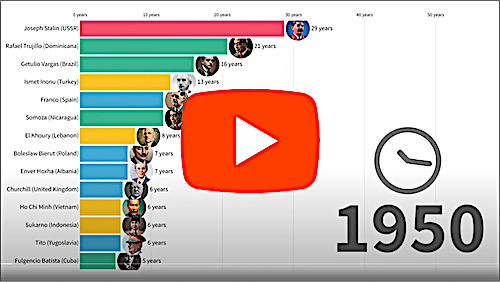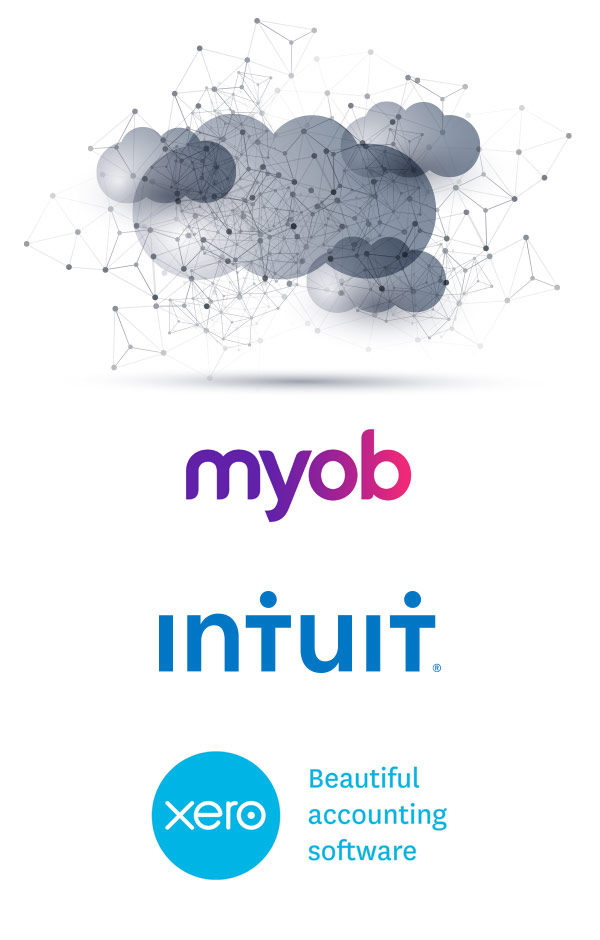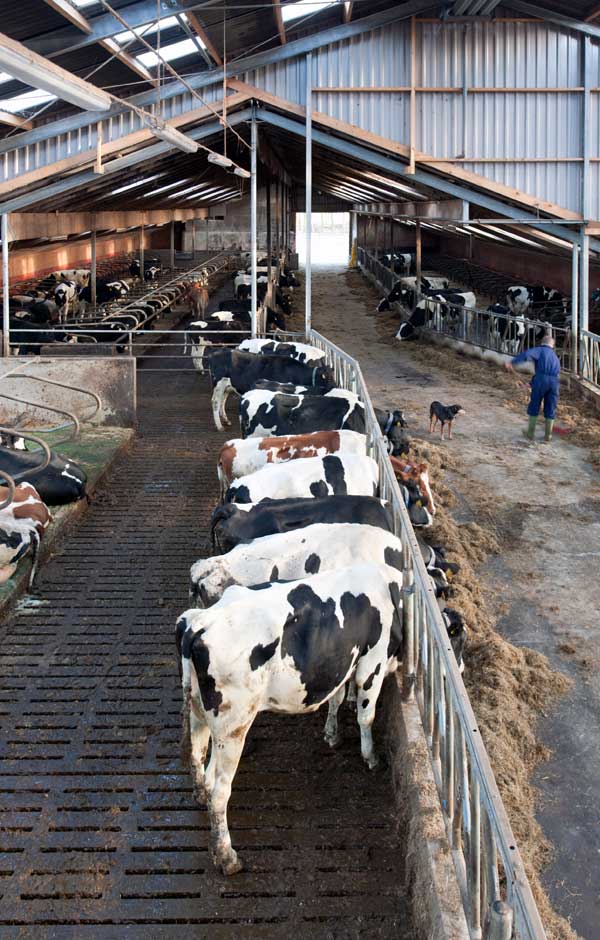Client Alert – September 2024

We are pleased to supply you with the latest edition of Client Alert, which contains information on a number of important developments up to and including 26 August 2024.
Claiming the tax-free threshold: getting it right – If you’re an Australian resident for tax purposes, you don’t have to pay income tax on the first $18,200 you earn each year.
Withholding for foreign residents: an ATO focus area – Does your business make payments of interest, dividends or royalties to any foreign residents? You may be required to withhold tax.
Small business restructure roll-over: tax relief for genuine business restructures – A structured path is available for businesses to reorganise operations, allowing them to better meet financial challenges without prejudicing creditors or engaging in unethical practices.
Super guarantee a focus area for ATO business debt collection – The ATO offers a timely reminder for businesses to ensure they’re meeting their SG obligations.
New “bring-forward” contribution thresholds for 2024–2025 – The increased annual cap on non-concessional super contributions is great news for those who want to maximise their retirement savings.
Is your tennis court or swimming pool subject to land tax? – In January 2020, the Land Tax Act was amended regarding properties not in a rural area. If the above are on a property with a separate title, they become liable to Land Tax.
R & D Grants – Clients undertaking Research & Development projects should contact the office as there may be government grants available.
Confused about Aged Care? – Please contact Guests as we are able to advise and liaise with Aged Care Specialists.
Single Touch Payroll, it’s time to get ready – From 1 July 2018, if you have 20 or more employees, you need to use Single Touch Payroll enabled software to report your tax and super information to the ATO. Please contact us if you need help.
Audit Insurance – Whilst historically, Tax Audits were targeted at big business and the wealthy, this has changed. Increasingly the ATO are turning their attention to both small to medium businesses and individuals.
Audit Insurance protects you to a degree from the unexpected costs incurred in responding to an audit, reimbursing you for related professional fees and associated with these costs.
Should you wish to discuss Audit Insurance further please contact our office or your Insurance Broker.
Acquisition of property in trusts – If you are contemplating purchasing a property in a trust, please contact your Partner at Guests for advice prior to acquisition.
Holidays
The office will be closed on the following days:
Friday 27th September – AFL Grand Final Public Holiday
Thursday 3rd October – Jewish Holiday
Friday 4th October – Jewish Holiday
Thursday 17th October – Jewish Holiday
Friday 18th October – Jewish Holiday
Thursday 24th October – Jewish Holiday
Friday 25th October – Jewish Holiday
Feel free to contact our office anytime by phone or email – to discuss any of the points raised in this Client Alert that may affect you.
Guests Pty Ltd – 234 Balaclava Road, Caulfield North, Vic., 3161
(03) 9509 7033
Claiming the tax-free threshold: getting it right
If you’re an Australian resident for tax purposes, you don’t have to pay income tax on the first $18,200 you earn each year, from any source. This is called the “tax-free threshold”. If you have more than one job, change employers during the year, have a sole trader side gig or get government payments, it’s important to think about the tax-free threshold and which employer, job or payment you’ll claim it for.
The ATO advises claiming the tax-free threshold once from your “main” payer – typically the job, gig or payment that pays you the most during the year. That payer will not withhold income tax from the first $18,200 they pay you but will withhold tax from payments once your earnings go over the threshold.
At the end of the financial year, the ATO calculates your total income and tax withheld. If not, enough tax has been withheld, you can expect a tax bill. If more tax has been withheld than you owe for your total earnings, you can expect a refund.
When starting a new job, your employer should ask you to complete a withholding declaration.
To claim the tax-free threshold, you must be an Australian resident for tax purposes on the declaration and answer “yes” to the question “Do you want to claim the tax-free threshold from this payer?”. Where you answer “no”, tax will be withheld from all income from that payer.
Avoid claiming the threshold from multiple payers simultaneously unless you’re sure you’ll earn less than $18,200 total for the year. Overclaiming might make your take-home pay higher each pay cycle but will likely mean a tax debt later.
When changing jobs, you can claim the threshold from your new payer even if you have claimed it from your previous one.
If you add a job or side gig that will provide more income than your existing main payer, you can change your claim at any time using ATO online services, via your myGov account.
If you’re earning income outside of employment (eg as a sole trader) you’ll need to pay tax yourself on that income. Consider setting aside a percentage for tax or using pay as you go (PAYG) instalments each time you are paid.
Withholding for foreign residents: an ATO focus area
Does your business or investment structure make payments such as interest, dividends or royalties to any foreign residents? You may be required to withhold tax from these payments. The ATO is currently focusing on ensuring that taxpayers are aware of these obligations.
If these withholding requirements apply to you, you’ll need to lodge a PAYG annual report or an annual investment income report and withhold and pay the correct amount of tax.
Figuring out whether an obligation to pay withholding tax arises from a particular payment can be complex. Assuming your structure is resident in Australia, the starting point is that the withholding tax regime generally applies to interest, dividends and royalties derived by foreign residents, unless an exemption applies. This means the withholding tax obligation arises whether you make the payment to the foreign resident, credit it to their account, or deal with the payment on their behalf or at their direction. (Certain payments can also be captured if your structure is not resident but has a permanent establishment in Australia.)
However, a number of exemptions apply. These can be technical in operation, so it’s important to seek advice specific to your circumstances if you make any payments to non-residents.
The ATO is alert to payers who have not withheld and paid amounts (or have withheld and paid incorrect amounts), incorrectly relied on an exemption or treaty relief, or misclassified deductions for interest or royalty payments to an offshore entity.
Small business restructure roll-over: tax relief for genuine business restructures
With the latest statistics showing a significant rise in liquidations and with the ATO’s focused efforts on debt collection, small businesses face significant financial pressures. However, the answer isn’t to evade responsibilities or take shortcuts – business restructuring has to be done properly and in compliance with the relevant laws. The small business restructure roll-over (SBRR) provides a legitimate, structured path for businesses to reorganise their operations, allowing them to better meet these challenges without prejudicing creditors or engaging in unethical practices.
To qualify for the SBRR, each party to the transfer must meet the small business entity definition. A small business entity is defined as an entity with an aggregated turnover of less than $10 million. This includes businesses that operate as a sole trader, partnership, company or trust, provided they meet the turnover threshold. Entities connected with or affiliated with a small business entity also fall under this definition.
The assets being transferred must be active assets, which include CGT assets, trading stock, revenue assets or depreciating assets. Non-active assets, such as loans to shareholders, are not eligible.
The transfer must be part of a genuine restructure of an ongoing business, not an artificial or inappropriately tax-driven scheme, and there must be no change in ultimate economic ownership of the transferred assets.
Opting for the SBRR has several tax implications:
- The transfer does not trigger an income tax liability at the time of the transfer.
- The transferor is deemed to have received an amount equal to the asset’s cost, and the transferee acquires the asset at this cost.
- Potential liabilities like GST or stamp duty must be considered, as they might still apply.
- The roll-over does not protect against the application of anti-avoidance rules, ensuring the transaction is not purely tax motivated.
For CGT assets, the transferee must wait at least 12 months to claim the CGT discount on any subsequent sale, and pre-CGT assets retain their status. For trading stock, the roll-over cost is based on the transferor’s cost or value at the beginning of the income year. Depreciating assets allow the transferee to continue deducting the decline in value using the transferor’s method and effective life. Revenue assets are transferred without resulting in a profit or loss for the transferor.
Super guarantee a focus area for ATO business debt collection
The ATO has recently confirmed that collection of business debts – including debts relating to superannuation guarantee (SG), pay as you go (PAYG) withholding and GST – is among its key focus areas. This is a timely reminder for all businesses to ensure they’re meeting their obligations.
The most recent ATO statistics show that although 94% of employers are meeting their SG obligations without ATO intervention, the ATO still raised over $1 billion in SG charge liabilities in the 2022–2023 financial year.
To ensure your business doesn’t incur these extra liabilities, you must pay SG contributions for your employees and eligible contractors on time and to the correct funds. Some contracts and awards may require you to pay contributions more regularly than quarterly.
If you make contributions to a commercial “clearing house”, the contribution is considered to be paid when it’s received by the employee’s fund, not by the clearing house. However, if you use the ATO’s Small Business Superannuation Clearing House, the contribution is “paid” when received by that clearing house.
From 1 July 2026, employers will need to pay SG at the same time as salary and wages (commonly known as “payday super”).
If you miss a payment, taking action promptly is essential to accessing the ATO’s support services and minimising your exposure to penalties. You must lodge an SG charge statement with the ATO within one month of the missed quarterly due date. You can ask the ATO for an extension to the lodgement date, but you must do this before the due date.
You’ll also need to pay the SG charge. This charge is more than the amount of contributions you would have paid if you had paid them on time, and it’s not deductible. The charge is paid to the ATO, not your employee’s fund. General interest charge will accrue on any outstanding SG charge, and the ATO may also issue a director penalty notice if it remains unpaid.
New “bring-forward” contribution thresholds for 2024–2025
You may have heard that the annual cap on non-concessional contributions (NCCs) has increased for 2024–2025. This is great news for superannuation members who want to maximise their retirement savings.
NCCs are your own after-tax contributions, meaning they’re distinct and separate from concessional contributions such as compulsory employer contributions made for you, additional salary sacrifice contributions, and personal contributions you’ve made for which you claim a deduction. From 1 July 2024, the annual cap on NCCs increased from $110,000 to $120,000 due to indexation.
This increase means that the maximum amount that can be contributed under a “bring-forward” arrangement has also increased. A “bring-forward” arrangement allows eligible members to contribute up to three years’ worth of NCCs in a shorter timeframe. This may be an attractive contribution strategy for those with an inheritance, a large bonus payment, or proceeds from the sale of an investment.
If you already commenced a bring-forward arrangement in the last year or two, you won’t get the benefit of the increased NCC cap for that arrangement. However, if you’ve been thinking about commencing one of these strategies, now is great time to consider this further.
You must be aged under 75 at some point in the financial year when you commence a bring-forward arrangement, and your total superannuation balance (TSB) as at 30 June of the previous financial year affects your eligibility.
Be aware that the TSB eligibility limits have changed since last year – and they’ve decreased. So, while the NCC cap and the maximum bring-forward cap have increased, the cut-off points when your eligibility reduces or ceases are lower. Be careful about referring to older advice or information (e.g. online) that is based on the TSB thresholds for 2023–2024.








































